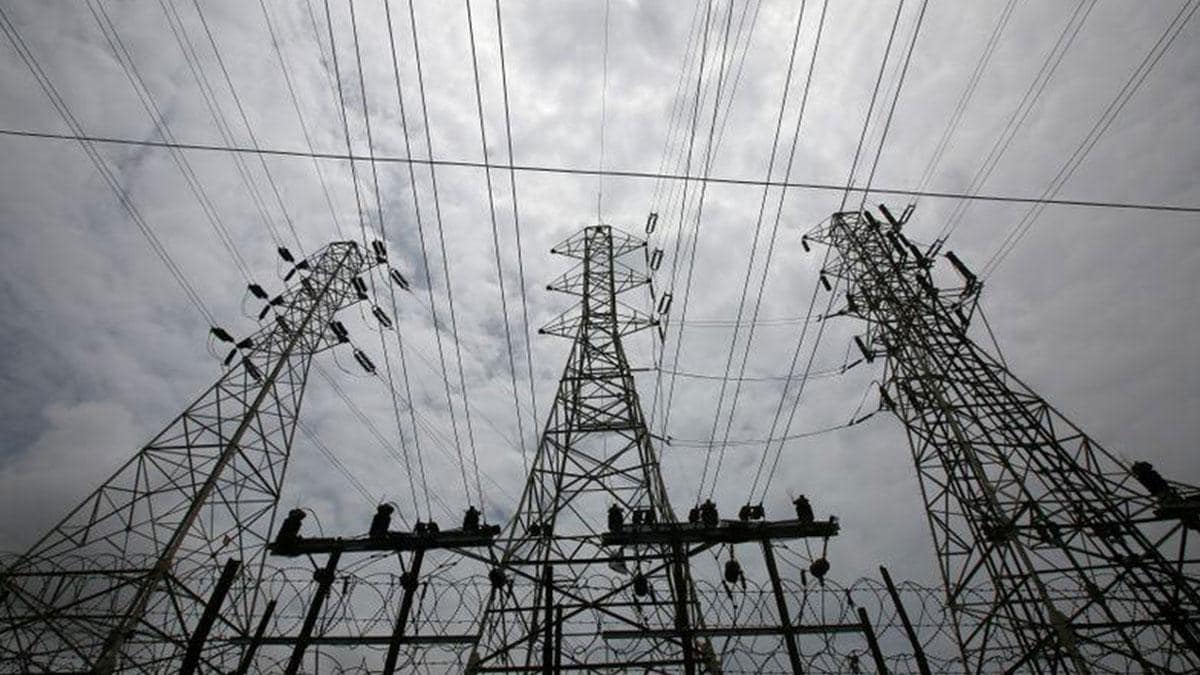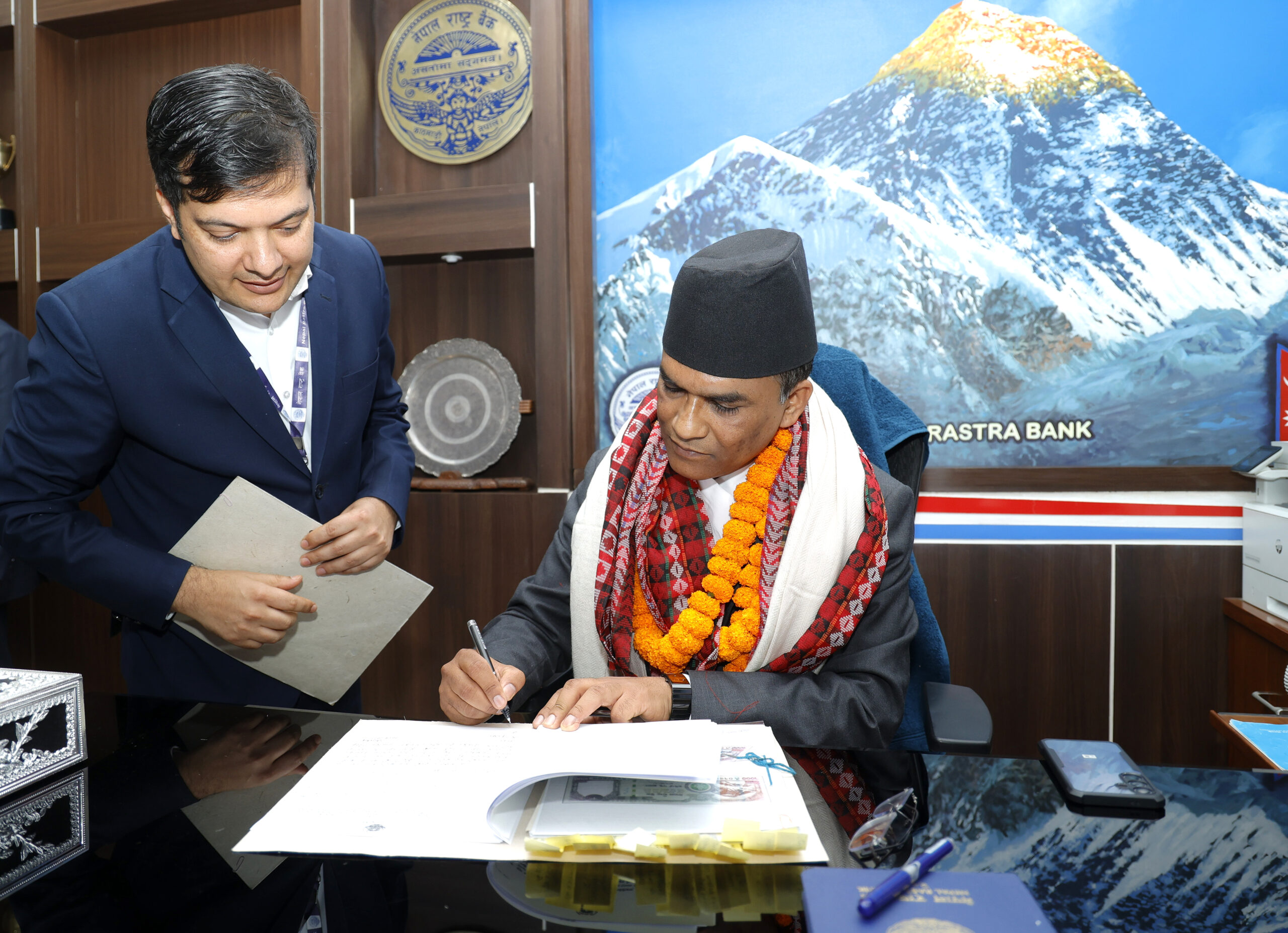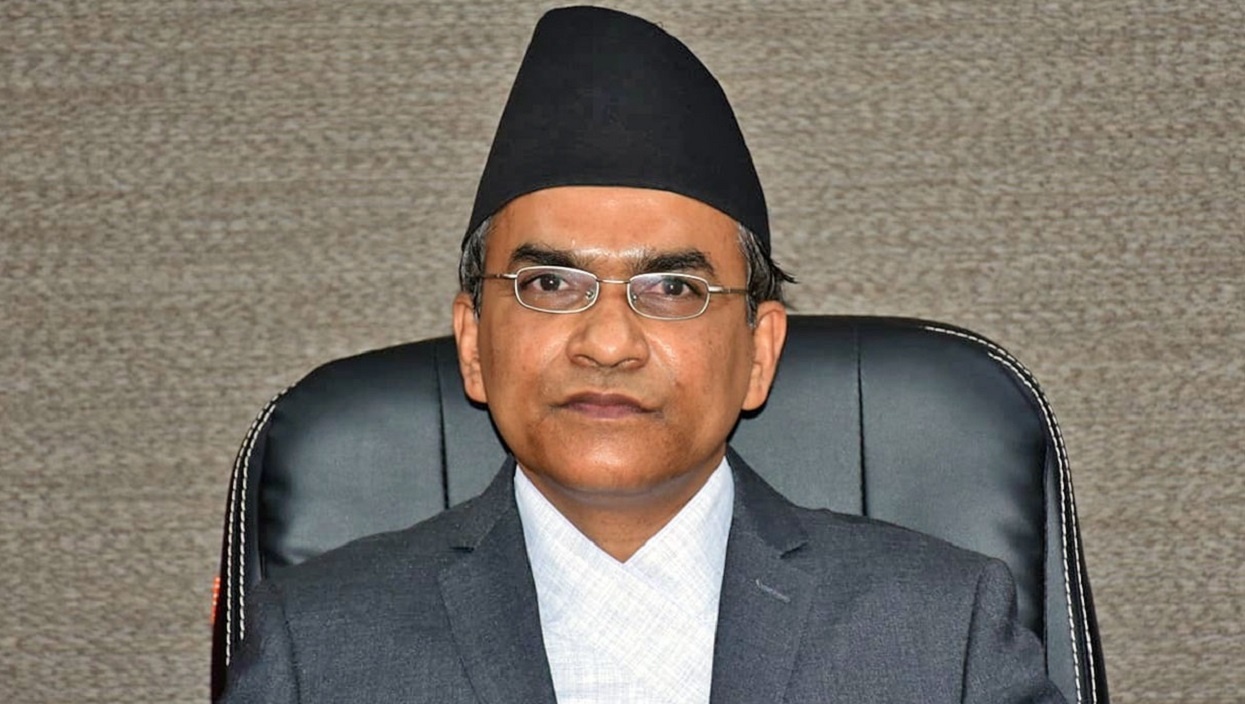Industrial sector to face more power cuts amid reduced supply from India
Supply disturbances from the southern neighbour along with the shortage of coal in India caused by the Russia-Ukraine war.

KATHMANDU: APRIL. 29 – The industrial sector is set to face more power outages over the next two weeks with India further cutting down the supply to Nepal, the Nepal Electricity Authority said on Wednesday.
Citing supply constraints from the southern neighbour, Nepal Electricity Authority (NEA) has been imposing unscheduled power cuts in the industrial sector from time to time for the last one month.
NEA Managing Director Kul Man Ghising told journalists on Wednesday that the situation deteriorated further as supply under bilateral contracts between the NEA and Indian companies, between the NEA and the state government of Bihar, and through the Indian power exchange has either reduced or fully stopped.
“But the silver lining for Nepal is the situation will not last long because snowmelt has begun on Himalayan snow peaks increasing the water level in the rivers generating hydropower. The country would no longer require much electricity from the southern neighbour,” said Ghising.
But the industrial sector will have to suffer from power cuts for a while, he said.
“We are notifying businesses about the supply situation from Wednesday evening to Thursday midnight starting today (Wednesday),” said Ghising. “We still cannot guarantee as to when we will be able to resume full supply of electricity to the industrial sector.”
Supply disturbances from the southern neighbour along with the shortage of coal in India caused by the Russia-Ukraine war has forced the NEA to repeatedly cut power supply to the manufacturing sector for the last one month.
The industrial sector, at times, suffered outages for up to 14 hours a day during the past one month.
Because of the shortage of coal amid its skyrocketing prices in the wake of the Russia-Ukraine war, coal-powered energy plants in India have been shut leading to an acute power shortage.
Coal accounts for nearly 75 percent of India’s power output. Several Indian states have started imposing load-shedding amid rising demand for power. The demand has increased also because of the summer heat which sees higher consumption of electricity for cooling purposes.
According to a Reuters report two weeks ago, India is likely to face more power cuts this year as utilities’ coal inventories are at the lowest pre-summer levels in at least nine years and electricity demand is expected to rise at the fastest pace in at least 38 years.
“We have been cutting power to factories at night for the last two three days due to reduced supply,” said Ghising.
The Indian energy authority has allowed NEA to bid for a maximum of 500MW in the Indian Energy Exchange (IEX), India’s power trading platform. “We get between 70MW and 100MW if we make a bid for 500MW in the IEX,” said Ghising. According to him, all the bidders are quoting the same price of INR 12 per unit, the maximum price allowed and based on the size of bidding, power is being shared proportionately among the bidders in the IEX.
In early April, India’s Central Electricity Authority had put a cap on maximum price at INR 12 reduced from INR 20 citing rising prices not being translated into more power supply in the market.
In late March, the state government of Bihar discontinued supply during the night—from 6 pm to 6 am. Nepal gets electricity from Bihar at INR 6.18 per unit.
The southern neighbour has stopped providing electricity at a fixed rate from Tanakpur since mid-February as well. PTC India, the provider of power trading solutions in India, is supposed to supply 65MW through Tanakpur at INR 4.12 per unit as per the agreement signed between the NEA and PTC India.
Likewise, as per the agreement between NEA and the NTPC Vidyut Vyapar Nigam (NVVN) of India, Nepal is supposed to get around 350MW through the Dhalkebar-Muzaffarpur transmission line at INR 4.16 per unit. The contract is valid till June this year, according to the NEA. “But the suppliers failed to honour the contracts citing supply shortages and escalating prices,” said Ghising. “For the last three-four days, the Bihar government has started to cut power even in the daytime.”
According to the NEA, the country depends on its southern neighbour for 350MW of electricity on average. Nepal’s power plants whose combined installed capacity is 2,200MW, are currently generating around 900MW.
In the peak hours, the domestic plants are also producing upto 1,400MW with peaking power plants such as the 456MW Upper Tamakoshi Hydropower Project. Peaking power projects can produce more electricity by storing water at other times while generating more electricity in peak hours.
Peak hour demand for power in Nepal currently stands at around 1,700MW, according to the NEA.
As domestic power demands are also on the rise, the country is bound to import electricity in the short run, according to the NEA.
But since the capacity of power generation of Nepali power plants is set to increase within a month, the opportunity to export more power is also open, says Ghising.
“However, for now there is a possibility that the current crisis will last for at least 2-3 months more and the prices of electricity are expected to remain high which will benefit Nepal while exporting power,” said Ghising.









